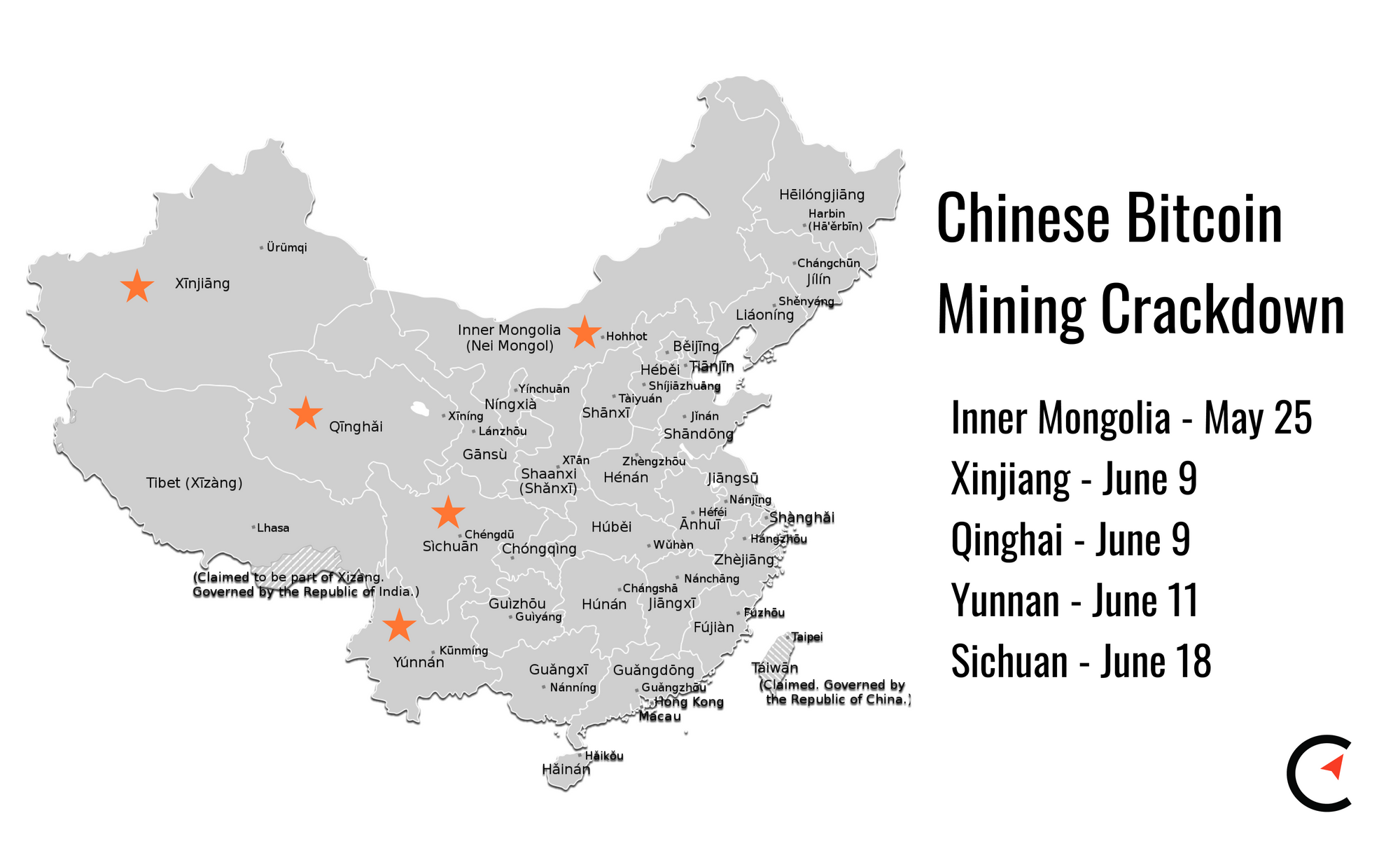Shipping mining equipment couldn’t come at a worse time for newly evicted Chinese miners. Shipping costs are bad – really bad.
For miners looking to move their ASICs overseas, shipping by sea is the most economical method, as air freight can be up to five times as expensive.

Sea freight isn’t cheap either. Moving goods by freight is measured by shipping containers, called Twenty-foot Equivalent Units (TEU). Some measure in Forty-foot Equivalent Units (FEU). The largest of vessels, like the Ever Given of Suez Canal fame, can hold some 20,000 TEU.
According to the World Container Index, the average FEU per trip (merely double TEU) from Shanghai to Los Angeles is up 197% year-to-date at $6,358 per shipping FEU.
To gauge how many Bitcoin miners could fit on one ship, we have to make some assumptions, including:
- the amount of hashrate in China;
- how many miners would leave for North America;
- what types of machines would make the journey.
Unfortunately, the most recent data for network hashrate in China comes from Cambridge's April 2020 study. That study, while out of date, serves as a baseline at some 65.08% of the Bitcoin network. Second, Coin Metrics informs us that the average network hashrate over the last 60 days has hovered around 153.23 EH/s. And lastly, we assume that most of the miners are S19s – coming in at 15.2 kilograms when fully boxed for shipping – even though the Bitcoin mining network has a range of types of machines.
Want more mining insights like this?
Given these admittedly simplistic assumptions, we find that the entirety of the Bitcoin mining network in China comes in at just over 1 million machines, or 15,955 metric tonnes. One 40 foot container can fit some 815 machines inside for transportation, or about 12,388 kilograms.
To haul China’s ASIC stash across the Pacific would require 1,288 FEU. Amazingly, the Ever Given could haul all of the Bitcoin miners in the world relatively comfortably with the bill coming in at $8.18 million.
Of course, this doesn’t count the journey for miners from the various provinces to the cargo bays, nor the distribution of miners into the new locations across North America. Moreover, it's certainly unlikely that the US captures even a majority of the hashrate exiting China. Early reports seem to indicate a scattering of relocated ASICs across the global mining market.
Thanks to Babel Finance for transportation data.

